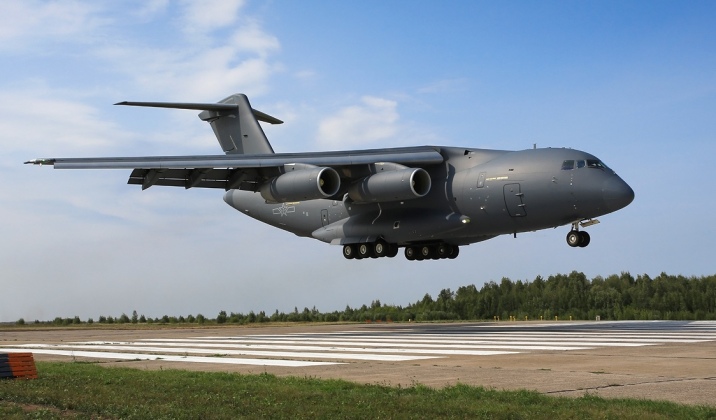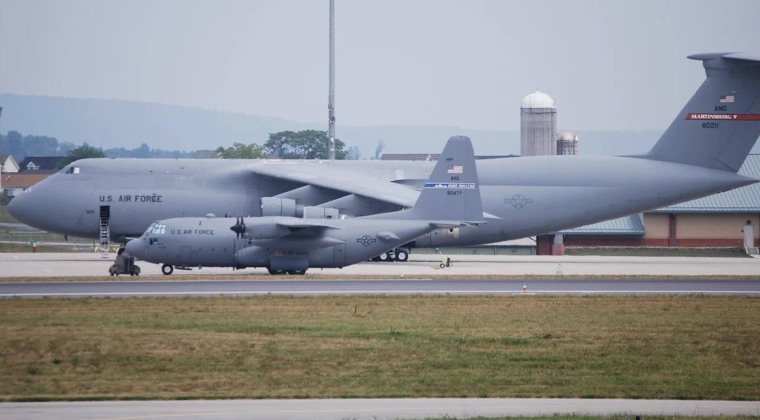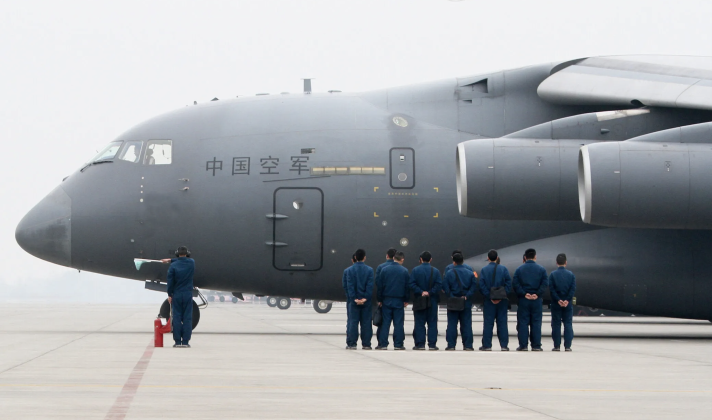News
China Developing World’s Largest Transport Aircraft to Support Global Ops.
A new Chinese strategic transport aircraftis currently being conceptualised for the People’s Liberation Army Air Force, and has the potential to revolutionise the service’s logistical capabilities and provide a truly global operational reach. Details on the program were provided by a recently published technical paper, most notably that a design with a blended-wing-body configuration is being considered, which merges the fuselage and wing into a single lifting surface. This marks a radical departure from the country’s current heaviest transport the medium range Y-20, and from designs fielded abroad. The paper further elaborates on the program’s design goals, including achieving a significantly longer range and cargo carrying capacity, and an improved ability to operate from austere runways.

The new aircraft is envisioned to have a range of approximately 6,500 kilometres when carrying a full payload, allowing for intercontinental range operations without refuelling. The Y-20 has a range of 4,500 kilometres, which is already among the longest in the world, while the U.S. Air Force C-5 Galaxy, which is the largest transport in the Western world, has a range of approximately 4,150 kilometres. The new aircraft is expected to have a carrying capacity of 120 tons of cargo, and a maximum takeoff weight approaching 470 tons, compared to a 66 ton capacity for the Y-20 which can take off at a weight of around 250 tons. The new aircraft will thus combine a massive carrying capacity comparable to that of the American C-5, with a much longer range over 50 percent greater.

Key to achieving the ambitious performance requirements of the new aircraft is the use of a blended-wing-body configuration, which increases internal volume for cargo while improving aerodynamic efficiency. The integration of new engines significantly more sophisticated than those powering existing transport aircraft is also expected. Much like the Y-20 has been developed into a refuelling aircraft, the YY-20, and into an airborne waring and control system, the KJ-3000, so too is it highly possible that the new transport may also see specialist variants developed for alternative roles. The development of a sixth generation fighter with an unprecedentedly long range for the Air Force, and of the country’s first intercontinental range strategic bomber the H-20, both raise the possibility that there could be demand for a higher endurance tanker to provide refuelling support beyond the Second Island Chain.

The development of the new transport aircraft occurs at a time when the United States and Russia are both working on their own new programs to succeed the C-5 and the An-124 respectively, and as China’s own ability to deploy its forces across continents have improved considerably. The C-5 saw production ended in 1989, while the Soviet An-124 ceased production in 2004, allowing the Chinese Y-20 to currently hold the title of the world’s largest transport. China’s lack of a global network of military bases comparable to that of the United States, however, raises questions regarding the scale on which a new transport aircraft could be procured and its likely purposes. A significant possibility remains that like the Soviet An-124, the new Chinese aircraft may also be intended for civilian use as a secondary function, which would allow for a larger production run. The possibility of exports, including to Russia should its own program face delays, also remains significant.












